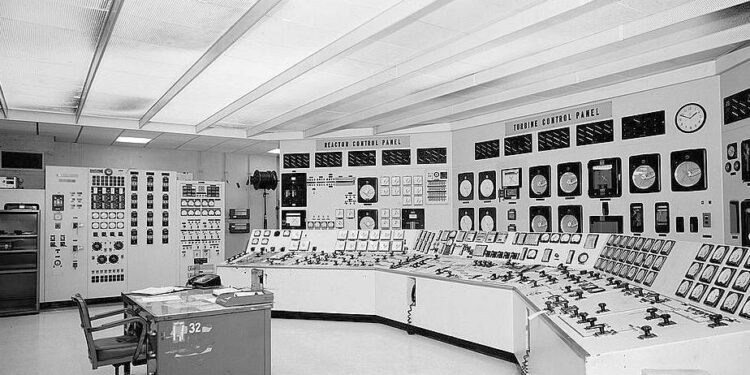The world’s first full-scale nuclear power plant for peacetime use only was the Shippingport Atomic Power Station, which began operating in 1957 in Shippingport, Pennsylvania, United States. The plant was developed by the United States Atomic Energy Commission (AEC) as part of a program to demonstrate the feasibility and safety of using nuclear energy to generate electricity.
The Shippingport Atomic Power Station was a pressurized water reactor (PWR) plant, which means it used water as both a coolant and a neutron moderator. It had a generating capacity of 60 megawatts and was able to supply electricity to about 100,000 homes. The plant used highly enriched uranium as fuel, which was supplied by the AEC.
The Shippingport Atomic Power Station operated successfully for more than 25 years, generating a total of almost 35 billion kilowatt-hours of electricity. It was decommissioned in 1982 and replaced with a coal-fired power plant.
The development and operation of the Shippingport Atomic Power Station marked a major milestone in the history of nuclear power. It was the first facility of its kind to generate electricity on a continuous basis and to be connected to a public electricity grid. It also demonstrated that nuclear energy could be used safely and efficiently to generate electricity, paving the way for the construction of other nuclear power plants around the world.
Today, nuclear power is a major source of electricity, with more than 450 nuclear power plants operating in over 30 countries. These plants provide a reliable and low-carbon source of electricity, and they play a crucial role in meeting the energy needs of the modern world.


Recent Comments